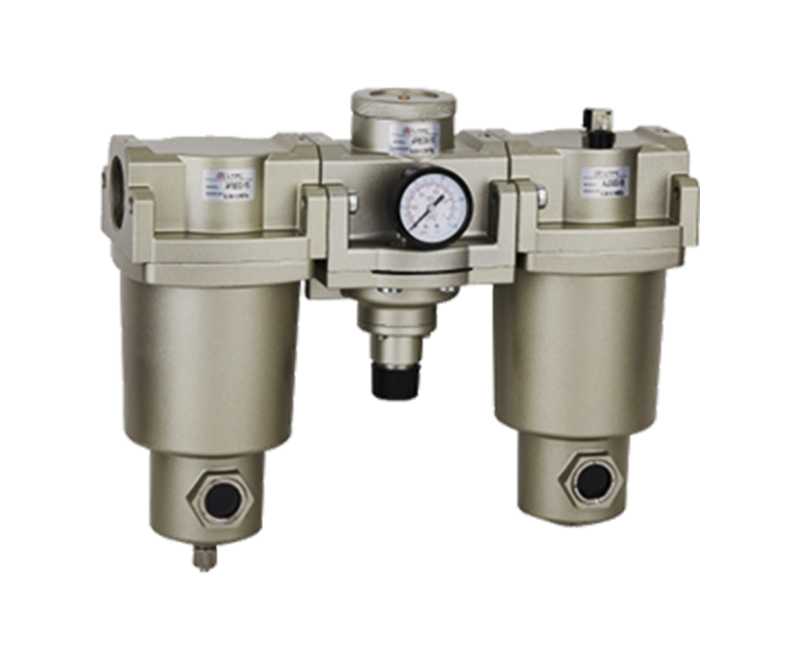Compressed air lubricators are the first step in the lubrication process, adding lubrication to compressed air before it reaches the final application. This helps maintain parts for a long service life. However, it is important to note that too much oil lubrication may clog and cause tools to wear out more quickly. Therefore, it is essential to choose the right lubricator for your needs, taking into consideration factors such as the size of the pipe-connection, the pressure drop range, and location. Additionally, the type of lubricator component will depend on how sensitive the application is.
Pneumatic lubricators are also important components of compressed air systems. These lubricators work by introducing oil in the compressed air as vapor. This vaporized oil is then carried to the device that needs lubrication. To make sure that these lubricators do their job properly, make sure that they are located in easy-to-maintain locations.
Lubricators are designed to feed oil to various valves and air tools. They are also designed to reduce the air path so that compressed air can flow faster through the lubricator. They have a sight glass that displays the amount of oil pulled into the air stream. The lubricator head itself has a venturi, which allows for the fast flow of air through it. Air flowing through the head of the lubricator can also be atomized, making it possible for it to deliver lubrication to a downstream air tool.
Compressed air lubricators are most commonly used as part of an air filter. They can be stand-alone components, or can be integrated into the compressor. The air from a compressor contains contaminants, which can reduce the lifespan of downstream equipment. The contaminated air can also affect pre-lubricated parts. This can reduce the oil feed, thus reducing the life of the pre-lubricated parts.
These lubricators are available in various pipe sizes, ranging from 1/4 in. to 1/2 inch NPT. The flow rate of the air is ranging from 16 to 142 scfm, depending on the size of the pipe. The lubricators are also available in different material materials, including polycarbonate and metal bowls. In addition, they are suitable for pneumatic systems.

 English
English 中文简体
中文简体





















